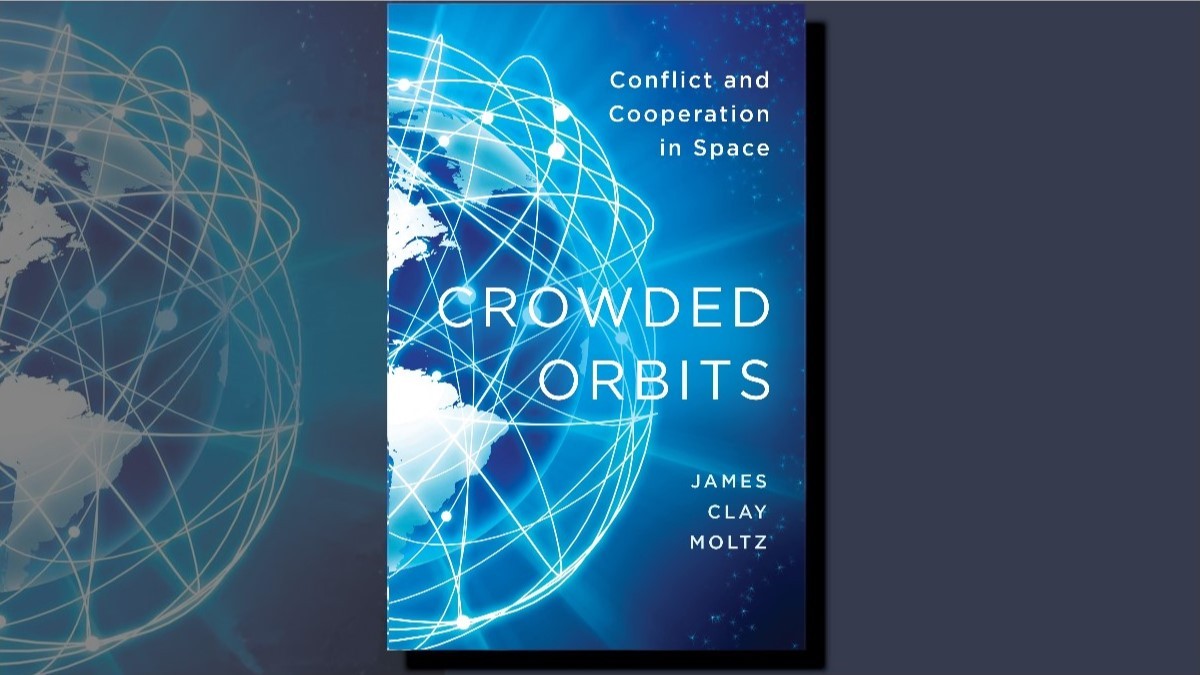Enhancing Army’s intellectual capacity through MakerSpaces
Accelerated Warfare, as the futures statement for Army, outlines the challenges faced in a rapidly changing environment.[1] How we respond to these challenges will be in part governed by how we ‘think, equip, train, educate, organise and prepare for war’. Enhancing the way we think, train and educate is therefore a critical component of preparing our people—individually and collectively—to face future threats in an environment categorised by a multitude of technological innovations arising from Artificial Intelligence, human-machine teaming, quantum computing, cyber, space and robotics.
As part of the future operating environment, the future technological environment (dubbed the ‘Fourth Industrial Revolution’)[2] has two components; one focuses on innovation in a materiel sense (how can we improve/adapt our capability to operate in new environments and approaches to warfare) and the other on innovative thinking (our capacity to problem solve and anticipate the future). Both components arguably require new approaches to thinking and learning—whether through the introduction of technological learning techniques such as Augmented Reality or more human-centred approaches.
Future Land Warfare’s Australian Army Research Centre (AARC) is analysing how Army might enhance its traditional modes for teaching problem solving through approaches that foster non-traditional learning. Specifically, we are investigating whether the MakerSpace approach to learning and innovation has the potential to develop creative problem-solving skills.
What is MakerSpace? (a little bit of history….)
The MakerSpace has become something of a movement and at its simplest is literally a ‘space’ where people ‘make’ new things out of old things through innovating. MakerSpaces form part of a broader movement—including HackerSpaces and Digital FabLabs (fabrication labs), amongst other names—focussed on ordinary people innovating for pleasure, or to solve problems, or even develop a commercially viable product through informal experimentation.
HackerSpaces are where software hackers pool resources and share skills such as circuit design, prototyping and manufacturing. MakerSpaces focus on ‘learning by doing’ and provide spaces for creative problem-solving using both low- and high-tech equipment. Digital FabLabs support the use of virtual and augmented reality, robotics and the development of software skills. All three spaces provide opportunities for entrepreneurship where this is desired. All forms are community/social spaces (including in cyberspace) supported by a culture of sharing knowledge and skills.[3]
Where’s the educational value? (a little bit of theory…)
On the surface, MakerSpace-based learning can be viewed as a simple form of ‘learning by doing’. From a pedagogical perspective, however, MakerSpace is founded in the constructivist and constructionist schools of thought—in particular theories of learning espoused by well-known founders of modern education Jean Piaget, Maria Montessori, John Dewey and Seymour Papert.[4] Simply put, constructivism is a theory of learning founded on the idea that people create new knowledge based on their experiences. Successive experiences build on prior ones to develop ways of thinking and learning particular to individuals; there is no assumption that we all learn the same way through transmission of knowledge in formal teaching.
Constructionism, coined by Seymour Papert,[5] takes constructivism one step further by suggesting that learning is more meaningful when it occurs outside of the head[6] through the actual construction of physical objects, that is, through ‘making, tinkering, and engineering’.[7] Preferably this making occurs in response to a question the learner has or a problem they wish to solve—importantly these are internally generated rather than externally imposed—fostering inquiring minds and developing problem-solving skills.
Implementation of MakerSpace learning, and research into the educational benefits, have focussed on K-12 education, however academic attention is slowly shifting to the benefits within university and professional education contexts (we are all big kids after all!). It is within this context that Future Land Warfare (FLW) is exploring MakerSpace for the Australian Army.
Who’s using MakerSpaces?
MakerSpaces are popping up all over the world, including Australia. Traditionally created as community space in neighbourhoods, educators quickly realised the applicability to education primary and secondary education, while governments have adopted and adapted them as community spaces in libraries.
Many Australian universities have adopted the concept, with some linking their MakerSpaces to coursework and community outreach, encouraging innovation by supporting students from idea conception to prototype development and sourcing funding. Universities tend to focus on higher-end Digital FabLabs, which are typically incorporated into engineering faculties but are also made available across disciplines. Interestingly (but not surprisingly, perhaps) creative arts students have a high participation rate—something noted by the originator of FabLabs in university education, MIT Professor Neil Gershenfeld.[8]
Military MakerSpaces
In his recent address to Army Headquarters on 12 June 2019, General John Murray (US Army), Commanding General of Army Futures Command (AFC), talked about the need for the Army to ‘bridge cultural gaps’ in order to innovate. He specifically referred to fostering innovation and accessing external talent through ‘HackerSpaces’. AFC has been designed and built to facilitate connections between industry, academia and backyard or basement innovators, as well as to improve the speed at which innovations are approved for prototyping and commercialisation.
The U.S. Department of Defense is actively fostering the adoption of ‘maker’ approaches to innovation through a ‘Hacking for Defense’ program with universities; DARPA is providing grants to U.S. high schools, while AFC hosted a hackerthon in 2018 and has created the Army Applications Laboratory to collaborate with non-traditional contractors—such as hackerthon winners—through their acquisitions framework.
It is worth asking the question then: are HackerSpaces, MakerSpaces and FabLabs of value to the Australian Army in its quest to develop both an intellectual edge and foster technological innovation? Army has the ability to embrace the MakerSpace movement to both foster creative problem-solving and grassroots innovation. FLW is starting by investigating the benefit of MakerSpaces to fostering creative problem-solving through the development of a pilot program. There is also the potential future benefit of fostering technological innovations, but that is another story for another time.
[1] Lieutenant General Rick Burr, Chief of Army, Accelerated Warfare: Futures Statement for an Army in Motion (Canberra: Australian Army, 2018)
[2] The Fourth Industrial Revolution refers to the ‘convergence of digital, biological, and physical innovations’, building on the development of these in the preceding revolutions. The Fourth Industrial Revolution will have social, political, cultural and economic implications arising from the way in which we develop and use innovations. Klaus Schwab, “Fourth Industrial Revolution,” Britannica, accessed August 28, 2019, https://www.britannica.com/topic/The-Fourth-Industrial-Revolution-2119734.
[3] Mark Hatch, The Maker Manifesto: Rules for Innovation in the New World of Crafters, Hackers and Tinkerers (McGraw-Hill Education, 2013)
[4] Sylvia Libow Martinez and Gary S. Stager, Invent To Learn: Making, Tinkering, and Engineering in the Classroom (Constructing Modern Knowledge Press, 2013)
[5] Seymour Papert, Constructionism: A New Opportunity for Elementary Science Education. (Massachusetts Institute of Technology, Media Laboratory, Epistemology and Learning Group: National Science Foundation, 1986)
[6] Martinez and Stager, Invent to Learn
[7] Martinez and Stager, Invent to Learn
[8] Neil Gershenfeld, The Coming Revolution on Your Desktop – From Personal Computers to Personal Fabrication (Basic Books, 2017)
The views expressed in this article and subsequent comments are those of the author(s) and do not necessarily reflect the official policy or position of the Australian Army, the Department of Defence or the Australian Government.
Using the Contribute page you can either submit an article in response to this or register/login to make comments.




